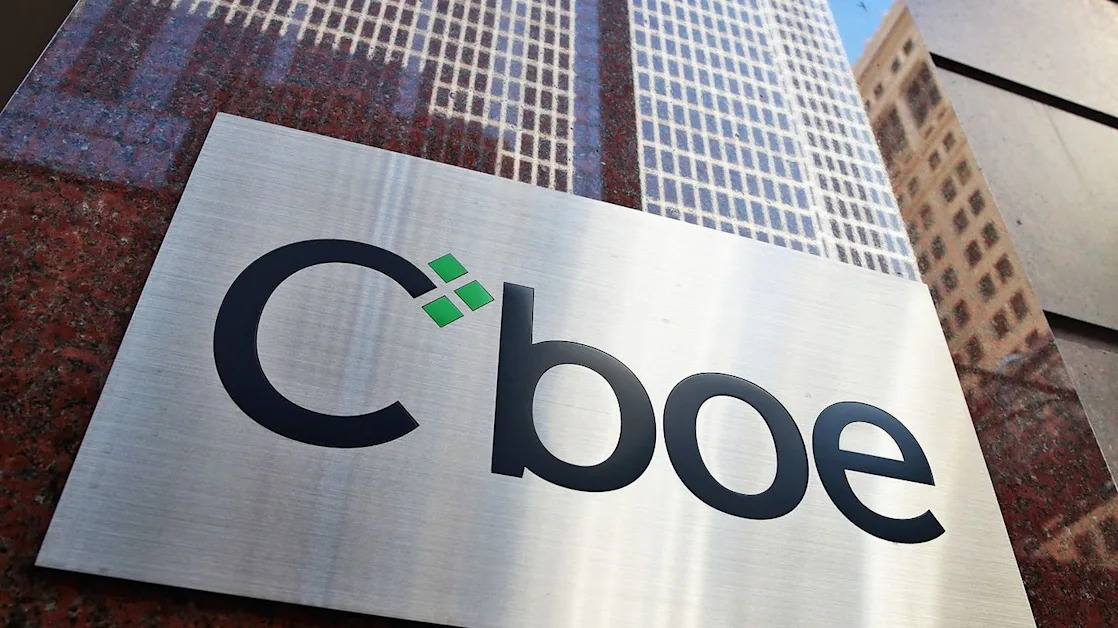E.l.f. Beauty (NYSE: ELF) has been a standout in an otherwise challenged cosmetics industry. Shares of the cosmetics maker are up 382% over the last three years, whereas two industry peers -- Ulta Beauty (NASDAQ: ULTA) and Estée Lauder (NYSE: EL) -- are down during that period.
Warren Buffett's Berkshire Hathaway just initiated a position in Ulta Beauty earlier this year, jolting a rebound in the stock. But it has since sold off after reporting disappointing earnings and guidance. Meanwhile, Estée Lauder shares have fallen so far that the stock now yields an impressive 2.9%.
Here are the key differences among all three cosmetic companies and why investors might want to consider Ulta and Estée Lauder over e.l.f. Beauty right now.

The growth play
E.l.f. Beauty (which stands for eyes, lips, and face) got its start offering $1 cosmetics online before gaining a foothold at Target in 2005. Since then, it has expanded its product line, improved its quality, raised its prices, and grown its network of national and international retailers, which now includes Walmart , Ulta, and more. Over the last 20 years, e.l.f. Beauty has established an enviable foothold in the value niche of the cosmetic industry.
The stock is up roughly 10-fold from its initial public offering price less than eight years ago. During that time, it went from a market capitalization under $1 billion to a figure that is now roughly half of Ulta's and a fourth of Estée Lauder's. E.l.f. Beauty deserves a lot of credit for choosing a marketing strategy that aligns with its affordable product lineup. The company doesn't focus on hair care or fragrances but rather on skin care and makeup.
Sales are up over 300% in the last five years, and its operating income is up more than fivefold. By comparison, Ulta has achieved respectable growth while Estee Launder's sales are flat, and its operating income is down. Trailing-12-month sales for e.l.f. Beauty are now over $1.13 billion, while its operating margin is 12.3%, showing that the company can expand while maintaining its profitability.
As excellent as e.l.f. Beauty's results have been, there is concern that growth is slowing, which could be why the stock is down 31% in the past six months. It is a much bigger company today than even a few years ago, meaning it can't rely as heavily on awareness and first-time buyers.
To justify price increases, e.l.f. Beauty must prove that its products can go toe-to-toe with drugstore equivalents like L'Oréal 's Maybelline. That's a different selling point than when e.l.f. Beauty relied solely on discount cosmetics.
With a forward price-to-earnings ratio (P/E) of 42.5, e.l.f. Beauty is priced for perfection and will be under pressure to live up to investors' lofty expectations.
The value play
By comparison, Ulta Beauty's shares are in the bargain bin with a forward P/E of just 15.1. Plus, Ulta's business model is totally different than e.l.f. Beauty's. It operates physical stores and offers a variety of products, including its own branded and private-label cosmetics, fragrances, hair care, bath and body products, and more.
The company also provides in-store services to give customers another reason to shop in person. Ulta appeals to a broad customer base by offering various product categories at different price points.
On its recent earnings call, management cited a slew of challenges including lower foot traffic, normalizing growth after years of gains, consumers shifting toward value, lower market share in prestige beauty, and competition. CEO David Kimbell said on the second-quarter earnings call:
What is unique about the current environment is the scale and pace of change. More than 80% of our stores have been impacted by one or more competitive opening in recent years, with more than half impacted by multiple competitive openings. This significant portion of our store fleet is experiencing a prolonged sales impact.
Although growth is slowing, the company is still highly profitable. Its proven business model and dirt-cheap valuation make it a catch-all way to play a rebound in consumer spending and premium cosmetics.
The turnaround play
There's no sugarcoating that Estée Lauder stock has been a train wreck over the last few years. It soared 185% between 2019 and the end of 2021 only to give up all of those gains (and then some) since then. This epic collapse has to do with its business model.
The company covers every beauty industry category, including skin care, makeup, fragrances, hair care, candles, and soaps. It has a variety of established brands, including its flagship Estée Lauder, as well as Clinique, Origins, M·A·C, Bobbi Brown, La Mer, Aveda, and more.
The company has grown its e-commerce presence but still relies heavily on upscale retail outlets, department stores, salons and spas, airports, and duty-free locations. The product mix, when paired with the distribution strategy and its big bet on China, has made Estée Lauder particularly vulnerable to a decline in consumer spending. And as Ulta said in its recent earnings call, premium-priced products are seeing a noticeable decline in demand as consumers cut discretionary spending.
When Estée Lauder is at its best, it is a high-margin cash cow that can fuel earnings and dividend growth. Lower interest rates and a rebound in discretionary spending could spark a significant turnaround in its performance. However, the company's marketing strategy desperately needs a facelift, so it will take a lot more than favorable economic indicators to return to growth.
Buying the stock now is a bet on what the company can do with its highly valuable portfolio of brands, not what it is doing today.
The good news is that it just needs to return to its pre-pandemic form (not even its peak performance during the pandemic). If it does that, the stock will look incredibly cheap. In the meantime, Estée Lauder's dividend yield of 2.9% provides an incentive to hold the stock through this volatile period.
Ulta and Estée Lauder are worth a closer look
Expectations and context are vital concepts in investing. Given its years of blowout results and an expensive valuation, investors clearly have high hopes for e.l.f Beauty. The business has undoubtedly benefited from consumer trends toward value products.
Similarly, Ulta Beauty and Estée Lauder are seeing slowing or even negative growth. Ulta has held up better due to its balanced product offering. By contrast, Estée Lauder is floundering due to a bloated business model that relies heavily on international travel and in-store sales of premium products.
Now, e.l.f Beauty must prove it can succeed as a more established company at a slightly higher price point. Ulta's stock is arguably the best overall buy now because of its cheap valuation and balanced business model. However, investors should continue to monitor the company's concerns over competition from other brick-and-mortar stores and the constant threat of Amazon .
Estée Lauder is a good choice for income-focused investors or those confident that it can revamp its marketing strategy and unlock margin expansion through online sales. If the company makes the necessary changes, it could be a compelling turnaround play. However, some investors might want to see concrete evidence that Estée Lauder is heading in the right direction before hitting the buy button.
Before you buy stock in Ulta Beauty, consider this:





